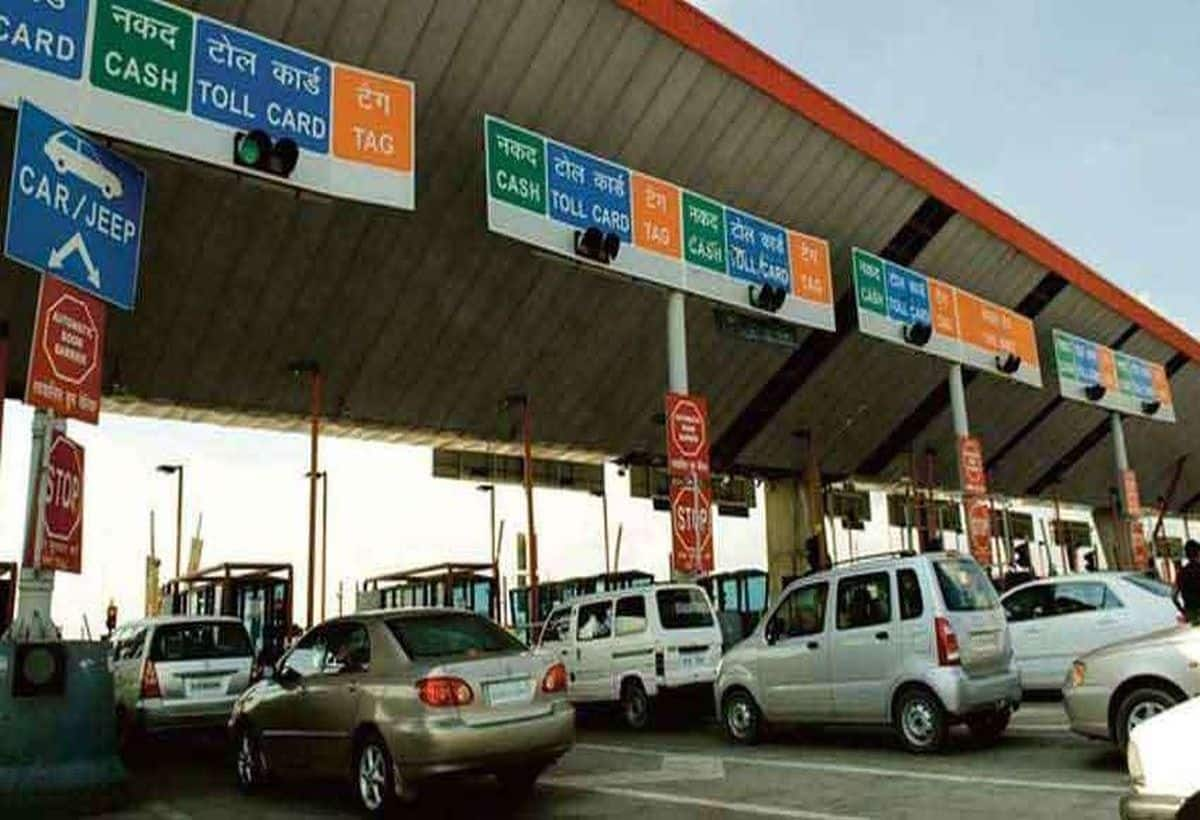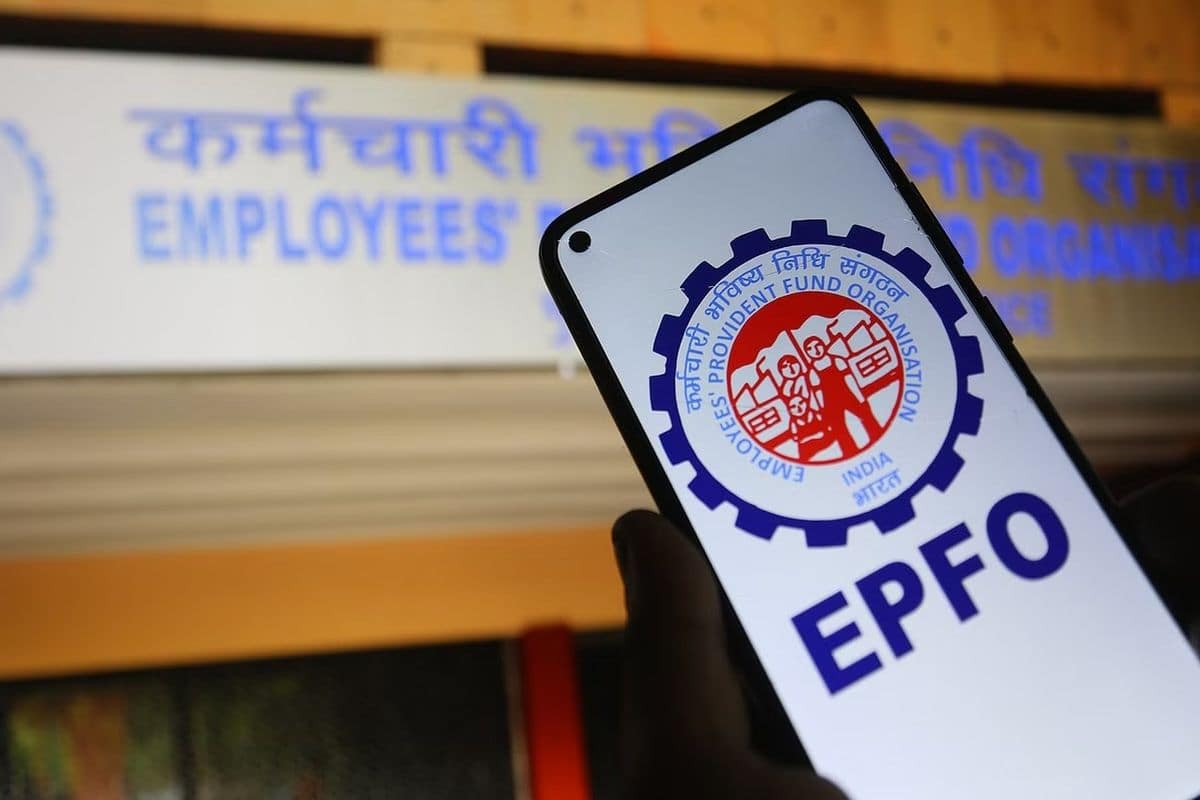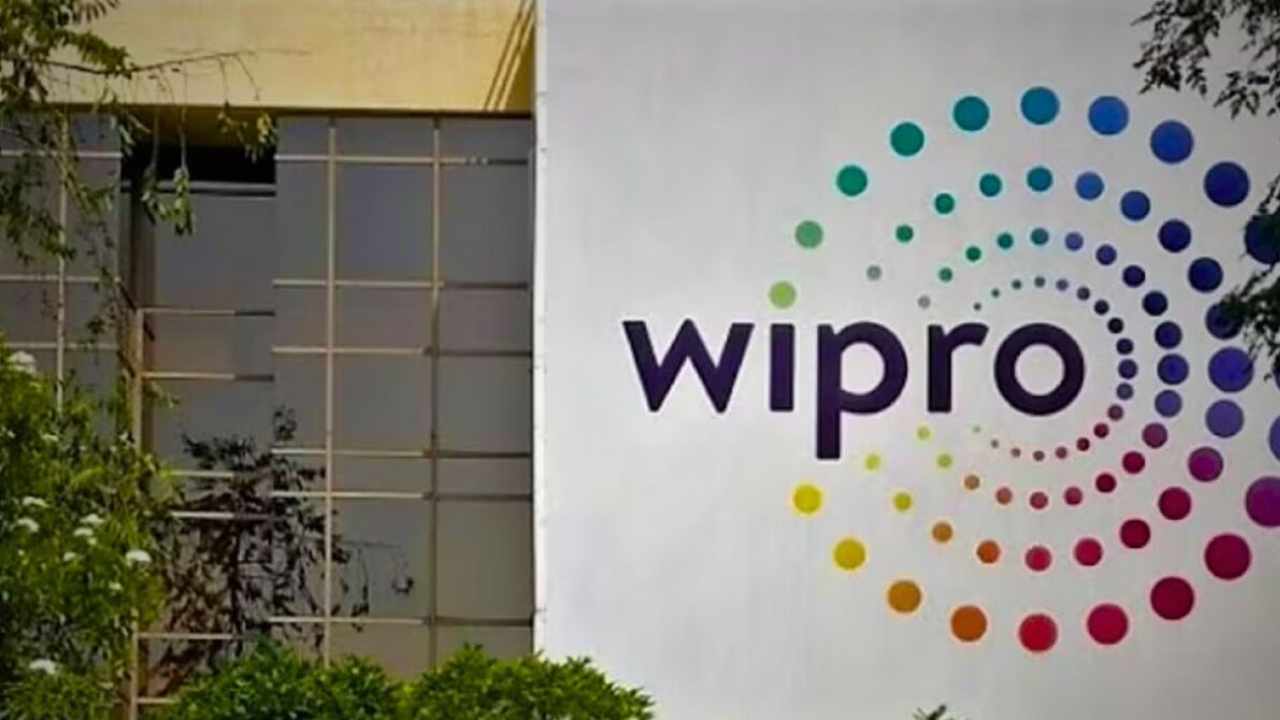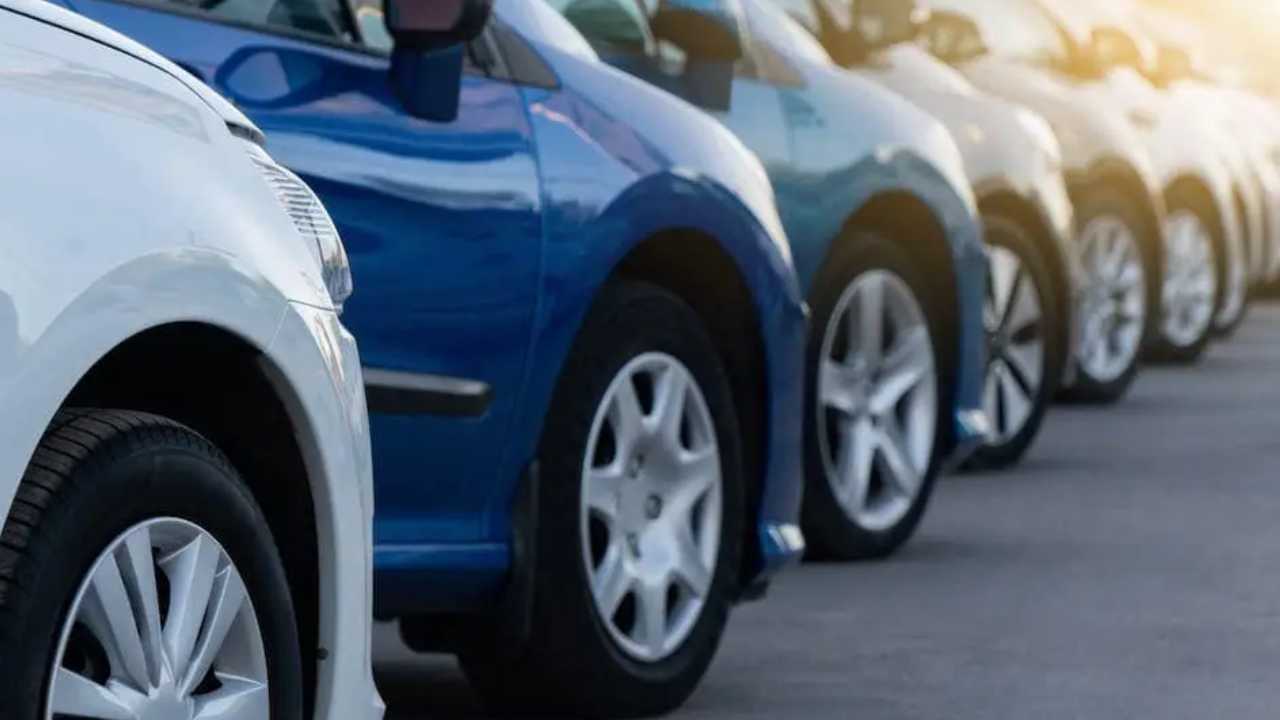Introduction
The Ministry of Road Transport and Highways is set to implement a groundbreaking satellite-based toll collection system across India. This innovative approach is designed to streamline toll payments, reduce congestion at toll plazas, and enhance overall efficiency in toll tax collection. With key modifications to the existing toll collection rules, this new system promises a smoother experience for drivers and aims to address long-standing issues faced at toll booths.
What is the Satellite-Based Toll Collection System?
The new system utilizes the Global Navigation Satellite System (GNSS) for electronic toll collection. Unlike traditional systems that require vehicles to stop at toll plazas, this satellite integration allows for seamless toll payments as vehicles travel on highways. The government has already conducted successful trials on four major highways, which served as a precursor to this wider implementation.
Key Features of the New Toll System
- GPS Integration: The toll collection process will rely on GPS technology. Vehicles will be equipped with onboard units (OBUs) that communicate with satellites to track the distance traveled.
- No Toll for Initial Distance: Drivers will benefit from a toll-free distance of up to 20 kilometers. This is a significant change from the previous system, where tolls were collected at every plaza.
- Automatic Deductions: Once the free distance threshold is crossed, toll taxes will be automatically deducted without the need for vehicles to stop.
- Compatibility with Fastag: The new system will operate alongside existing Fastag technology, allowing for further convenience for users already familiar with digital toll payments.
Operational Mechanics
To facilitate this new toll collection method, every vehicle will require GPS installation. The OBUs installed in the vehicles will track the distance traveled and relay this information to the satellite through cameras placed along the highway. The details collected by the OBU will ensure accurate billing based on the length of the journey.
Toll Charges Beyond 20 Kilometers
According to the new rules outlined in the government notification, any journey exceeding 20 kilometers on highways, expressways, tunnels, or bridges will incur toll charges based on the total distance traveled. This changes the previous standard of fixed toll rates at every plaza, allowing for more efficient and fair billing.
Conclusion
This satellite toll collection system marks a significant step forward in traffic management and toll collection in India. By minimizing the need for physical stops at toll plazas, this system not only saves time for drivers but also aids in the smooth flow of traffic on major roads. The integration of technology into toll systems is a promise to enhance user experience and reduce traffic bottlenecks, establishing a more modern framework for vehicle taxation.












